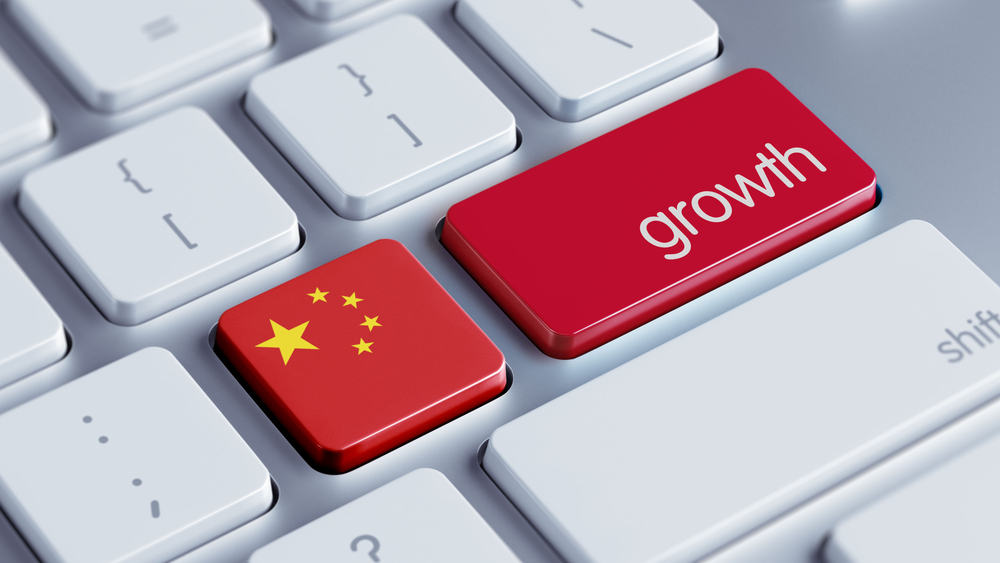China’s ‘New Normal’ Economic Growth is still Strong

Please note that we are not authorised to provide any investment advice. The content on this page is for information purposes only.
For China, the story for its economy in 2015 simply reinforced what was already becoming apparent through 2014. GDP growth was slowing, and the political capital the Communist Party could collect from lauding this one statistic was diminishing.
Premier Li Keqiang even suggested in November that growth would fall from `around 7 percent’, to something closer to 6.5 percent. The era of the `new normal’ was well and truly upon China. The need to increase its performance in services, raise consumption and support urbanisation was therefore also growing.
For China, the story for its economy in 2015 simply reinforced what was already becoming apparent through 2014. GDP growth was slowing, and the political capital the Communist Party could collect from lauding this one statistic was diminishing.
Premier Li Keqiang even suggested in November that growth would fall from `around 7 percent’, to something closer to 6.5 percent. The era of the `new normal’ was well and truly upon China. The need to increase its performance in services, raise consumption and support urbanisation was therefore also growing.
A sign of this was the removal of the one child policy, which had been in place since the late 1970s, announced during the Fifth Party Plenum in late October. In practical terms, the consensus of experts was that this would have little impact. There had been many exceptions to the rule. In addition, overall, Chinese middle classes kept to the one child per family pattern through economic necessity rather than fidelity to government edict. Even so, this was a measure so closely identified with the reform and opening up process that its relaxation was highly symbolic of China entering a new phase.
2016 will be dominated initially by China figuring out how to achieve the great `rebalancing’ that is central to delivering its first Centenary Goal in 2021 — middle-income status. This will be part of the 13th Five Year Plan, a remnant from when China truly was a centralised command economy. The draft of the program mapped out in detail how the country planned to build a credible finance system, tackle inequality and achieve green growth. Old themes, but they have been injected with a new urgency.
There is no sign that 2016 will see the fight against corruption vanish. Led by the formidable Wang Qishan — head of the Central Discipline and Inspection Commission and regarded as the closest current member of the Politburo to President Xi Jinping — military, political, state enterprise and provincial figures have all been attacked. However, the issue is whether there will at some point be a Party backlash against what Wang and his colleagues describe as an indefinite `struggle’ rather than a limited campaign.
While bringing down venal officials has proved popular with the public, the core issues that most concern them — housing costs, welfare, healthcare and the state of the environment — are far harder to sort out than the Communist Party’s own internal governance. In terms of these issues, the Xi era has been characterised by policy activism, with annual major announcements. However, the delivery has been less clear.
By the end of 2016, Xi will be approaching the halfway point of his expected decade in office. While Xi is perceived to be strong and powerful, and sounds authoritative, he needs to chalk up tangible benefits rather than just foreshadowing future policies. Chinese cities continue to be blighted by smog, house prices continue to rise, the Shanghai Free Trade Zone continues to be elusive and wages continue to remain lower than the emerging middle class want. 2016 has to be more about delivery and less about promises.
Despite the continuing tensions in the South and East China Seas throughout 2015, it was in the realm of foreign policy that Xi showed the most boldness and brought home a number of significant achievements. Major environmental accords were agreed when Xi went to the US in September. A large renminbi deal was signed off along with huge investment agreements in the UK in October. However, the pinnacle achievement came in November, when Xi met with Taiwan’s Ma Ying-jeou, the first such cross-Strait meeting between the leaders since 1949.
Speculation about what prompted this dramatic event ranged from weakness on the part of Taiwan, to a sense of frustration from Beijing over the lack of political traction despite burgeoning economic links. However, part of the calculation had to be the Taiwanese presidential election in January 2016 and the real possibility of the more pro-independence Democratic Progressive Party gaining power. A bilateral leaders’ meeting would not have been as easy if this happened, so Xi took the chance while it was still there. For this event alone, he has earned a place in the history books.
2014 and 2015 have been marked by frenetic activity on the policy, diplomatic and political fronts from the People’s Republic of China. 2016 will be a good year if it is quieter and less dramatic. The excitement can then be confined to 2017, when the next major Party Congress is due.
China’s challenges in 2016 is republished with permission from East Asia Forum




